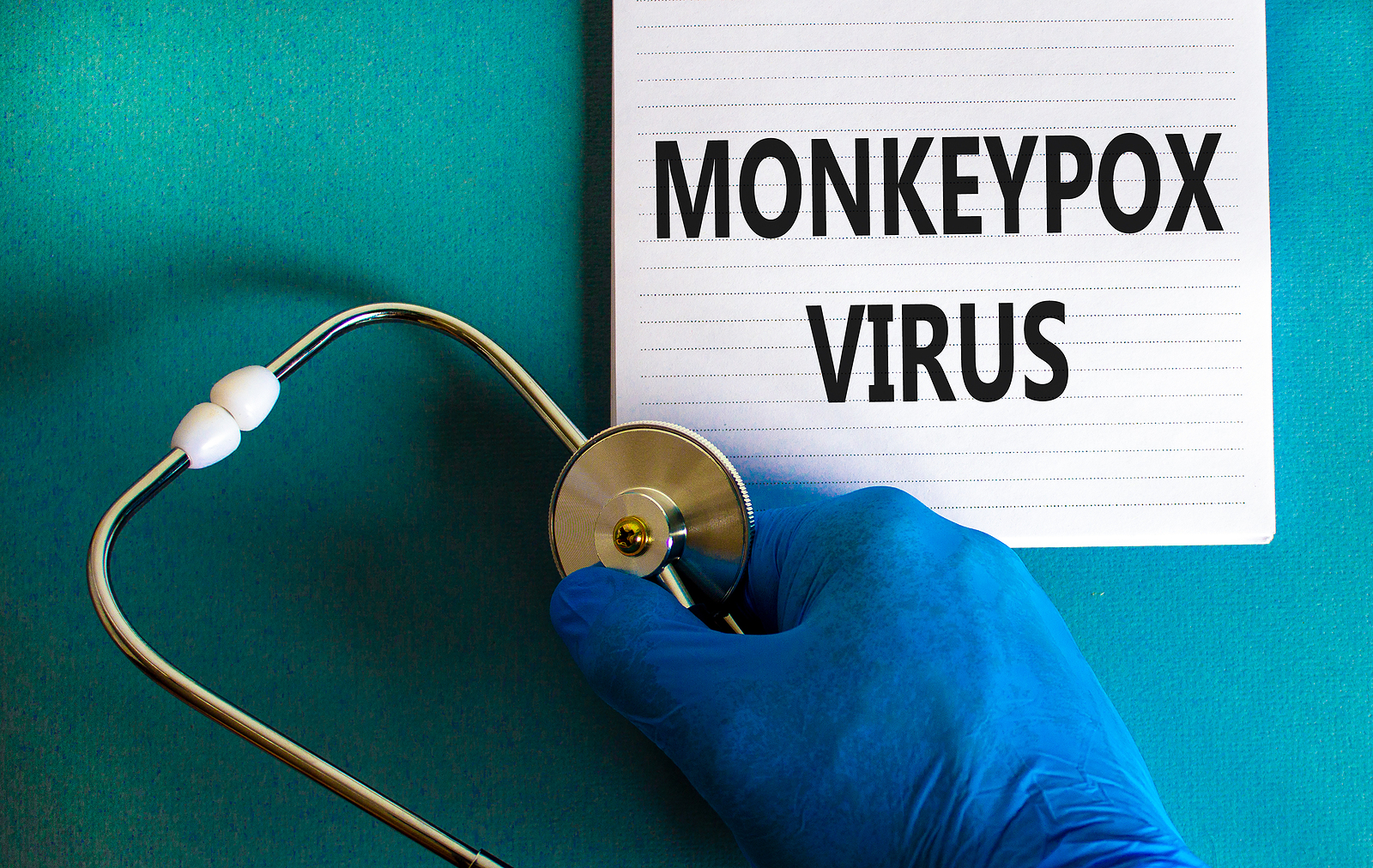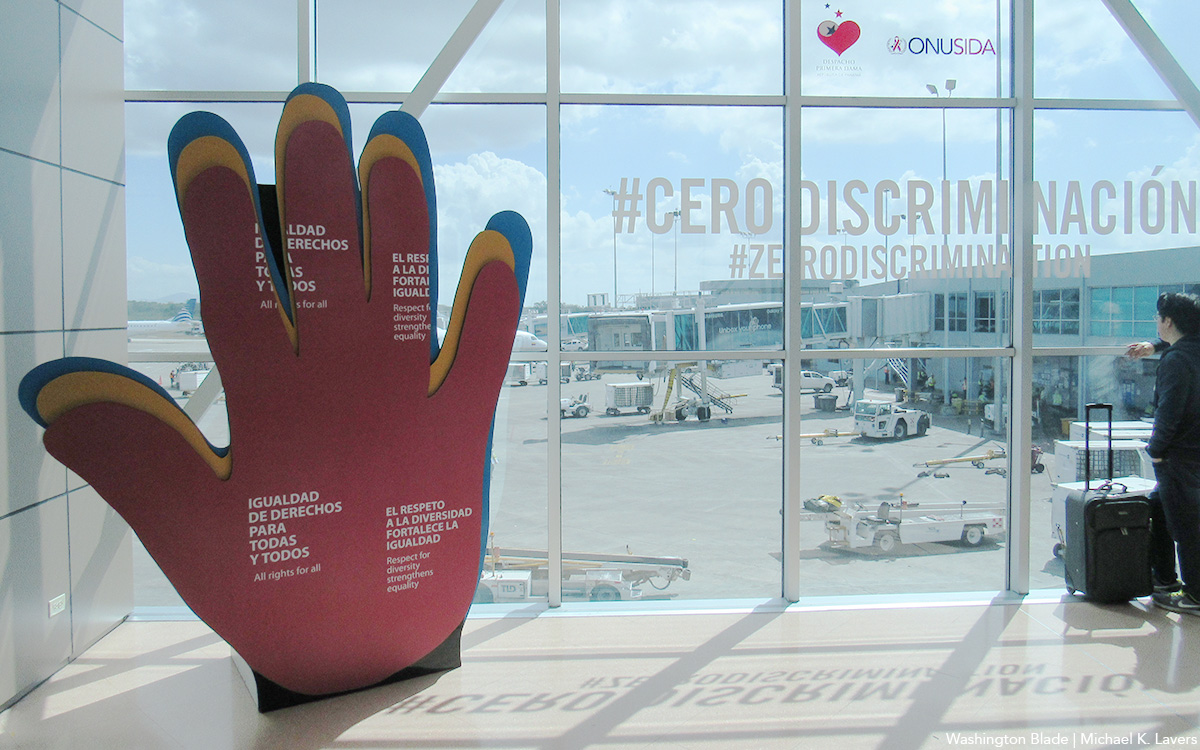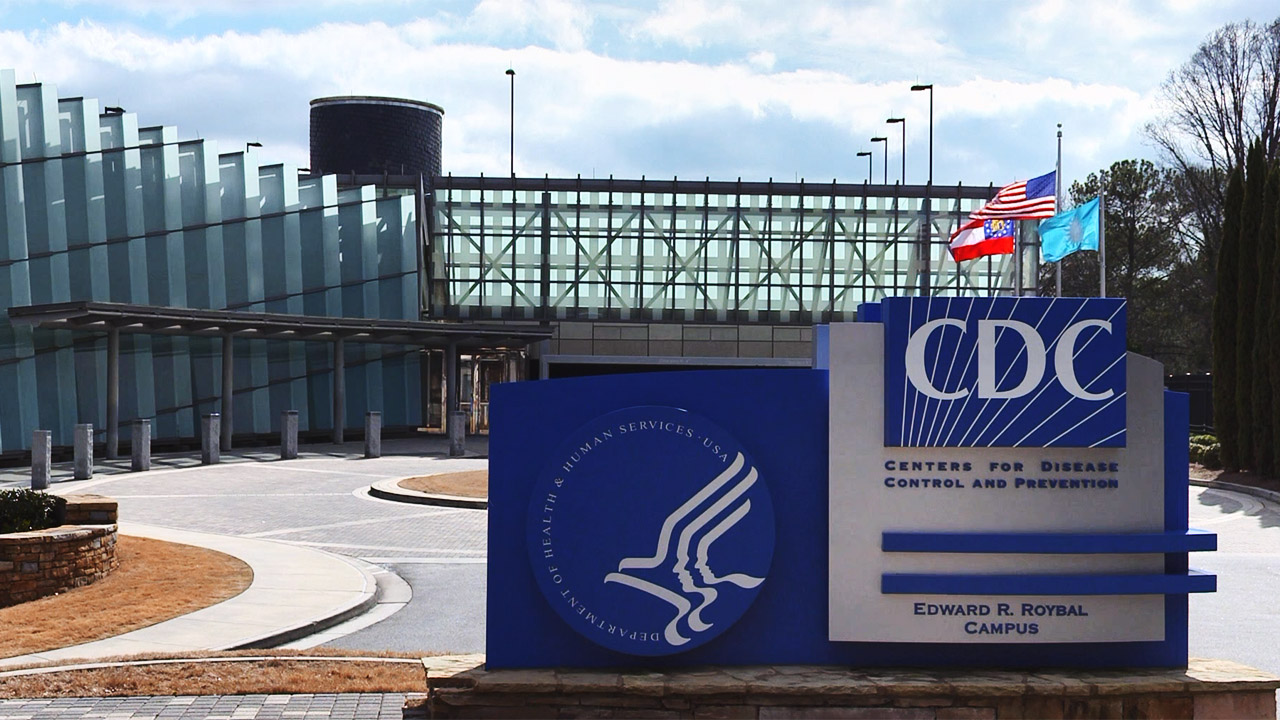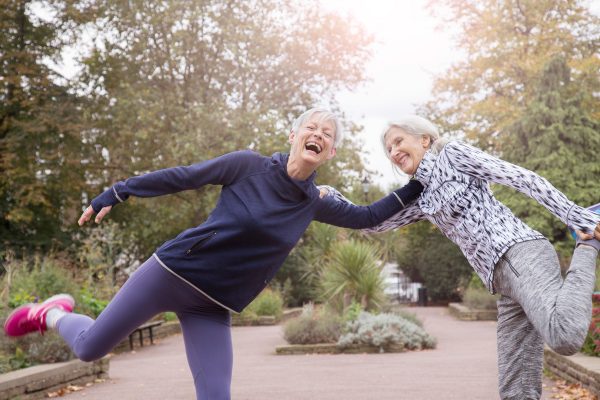Health
Monkeypox arrives in D.C. — what’s the big deal?
Most cases identified in gay or bisexual men

On June 4, the D.C. Department of Health confirmed its first case of Monkeypox from a resident who recently travelled back from Europe. D.C. now joins 11 other states with this potentially deadly disease. So far, most cases have been identified in gay or bisexual men.
With Pride events taking place in D.C. and around the world this month, how concerned should we be? Is this the tip of the iceberg? Let’s break it down.
What is Monkeypox?
Monkeypox is caused by a virus similar to its more deadly cousin Smallpox. Scientists identified Monkeypox in 1958 first in monkeys (hence the name) and later in humans in the 1970s. Despite the name, bush animals and rodents are the natural reservoir for the virus.
How did we first hear about this strain of Monkeypox?
In May, health officials first identified an outbreak of Monkeypox in Spain, which then spread to the U.K. While some women and children have developed the disease, most cases were disproportionally found in gay and bisexual men. Health agencies traced those exposures back to gay dance parties, saunas, and intimate activities.
What are the symptoms of Monkeypox?
Symptoms often start with headache, fever, muscle aches, and swollen lymph glands. Within 1-3 days of the fever, a rash with blisters typically develops on the face, hands, and soles of the feet. In more recent cases, however, patients have seen lesions around the mouth and groin only. The lesions can appear flat or raised, fluid filled and then slough off into a scab, lasting 2-4 weeks. While most cases go away without treatment, Monkeypox can be deadly with a death rate of 3-6%.
How does Monkeypox spread?
In the past, most Monkeypox outbreaks outside of Africa were caused by imported animals. Now, the virus has appeared to spread between people within a community. Monkeypox virus is transmitted in several ways with the most common coming from direct skin-to-skin or mouth-to-skin contact with an infected person, infected animal, or a contaminated surface or linens. Ulcers or lesions are particularly infectious. Monkeypox is not a sexually transmitted illness, but can transmit during sexual contact.
Why are more gay men being seen with Monkeypox?
While there is a disproportionate rise in Monkeypox cases among the LGBTQ community, Monkeypox is not a “gay disease.” It can be transmitted between anyone.
Stigmatizing the virus has dangerous consequences and will only make matters worse. That said, the virus was likely introduced first in the gay community and then spread. Secondly, most Monkeypox cases have been identified in STI clinics. Because of positive sexual health awareness and practices, gay and bisexual men are more frequently screened for STIs and seek evaluation when new rashes occur.
What do I do if I think I have Monkeypox?
If you develop a fever, swollen lymph glands and a rash, you should contact your healthcare provider and self-isolate.
So is this a big deal?
Maybe — but it’s still early.
We are learning more about the severity of this Monkeypox strain. What we know so far is Monkeypox is not COVID-19, and scientists have already developed a vaccine. However, with the sudden emergence of Monkeypox outside where the virus is typically found demonstrating person to person spread, healthcare professionals and the public are appropriately concerned.
So what does this all mean?
Know the facts about Monkeypox to reduce your risk. Avoid close intimate contact with individuals who have symptoms. Wash your hands and clean surfaces in high traffic areas. And if you develop new skin rashes or unexplained blisters, isolate and alert your healthcare provider. For more, visit WHO.
Dr. N. Adam Brown is an emergency physician, COVID expert, health communicator, and strategist.
Health
UNAIDS to commemorate Zero Discrimination Day’s 10th anniversary
UN agency urges global action to protect human rights

As the world marks the 10th anniversary of Zero Discrimination Day; UNAIDS is sounding the alarm on the increasing threats to human rights, calling for renewed efforts to protect the rights of all individuals as a fundamental step towards ensuring health for everyone.
Established by UNAIDS a decade ago, Zero Discrimination Day aims to promote equality and fairness regardless of gender, age, sexuality, ethnicity or HIV status. The progress achieved over the past years is now in jeopardy, however, due to rising attacks on the rights of women, LGBTQ people and other marginalized communities.
UNAIDS Executive Director Winnie Byanyima emphasized the critical link between protecting human rights and safeguarding public health.
“The attacks on rights are a threat to freedom and democracy and are harmful to health,” she said in a press release. “Stigma and discrimination obstruct HIV prevention, testing, treatment and care and hold back progress towards ending AIDS by 2030. It is only by protecting everyone’s rights that we can protect everyone’s health.”
Despite challenges, there has been notable progress.
At the onset of the AIDS pandemic more than 40 years ago, two-thirds of countries criminalized consensual same-sex sexual relations. They are now decriminalized in two-thirds of countries. An additional 38 countries around the world have pledged to end HIV-related stigma and discrimination, contributing to positive changes that include 50 million more girls attending school compared to 2015.
To sustain and enhance these advancements; UNAIDS urges global support for women’s rights movements, LGBTQ rights, racial justice, economic justice, climate justice and peace initiatives. By standing with communities advocating for their rights, the U.N. aims to reinforce the collective effort towards a more inclusive and equitable world.
Zero Discrimination Day is observed on March 1.
Events and activities that will take place around the world throughout the month will serve as reminders of the essential lesson and call to action: Protecting everyone’s health is synonymous with protecting everyone’s rights.
“Through upholding rights for all, we will be able to achieve the Sustainable Development Goals and secure a safer, fairer, kinder and happier world — for everyone,” said Byanyima.
Health
New CDC report finds transgender women at higher risk for HIV
More than 1,600 people in seven cities surveyed

The Centers for Disease Control and Prevention issued a new study report this week that revealed that restricted by employment and housing discrimination and lack of access to needed gender-affirming healthcare for transgender women increasing the risk of contracting HIV.
Researchers reviewed data from a 2019-2020 survey, the National HIV Behavioral Surveillance Among Transgender Women, which found that the demographics of HIV/AIDS have been disproportionally high, especially among Black and Latina trans women, who had experienced employment and housing discrimination coupled with lack of access to gender-affirming healthcare.
The Jan. 25 Morbidity and Mortality Weekly Report was based on data studies of more than 1,600 trans women in seven major urban locales. Participants from Atlanta, Los Angeles, New Orleans, New York, Philadelphia, San Francisco and Seattle were chosen by referrals from people and community-based organizations who knew or were part of the local population of trans women.
The study’s researchers noted: “Employment discrimination occurs at the overlapping nexus of poverty, homelessness, incarceration, health insurance, disability, food insecurity and survival sex work. These issues are interconnected.”
The study stated that trans women’s inability to access quality healthcare, including gender-affirming treatment or access to PrEP, and can expose them to potential incarceration as many turn to “survival sex work” and violence, which increases the risk of contracting HIV.
The study’s author’s pointed out: “When economically marginalized transgender women are refused employment, this refusal cyclically contributes to economic hardships. This analysis …demonstrates the importance of transgender women working and living with dignity and without fear of unfair treatment.”
Health
A Whole New Perspective on Well-Being
The Mather’s team recognizes that everyone’s wellness journey is completely unique to their life experiences and influences.

It’s easy to spot the distinctive, elegant silhouette of The Mather, a Life Plan Community for those 62+ opening this spring in Tysons, Virginia. What is not apparent to the naked eye is The Mather’s unique wellness philosophy, which is literally built into the community.
The Mather’s team recognizes that everyone’s wellness journey is completely unique to their life experiences and influences.
Nature is one of the important factors that contribute to well-being. So The Mather is incorporating biophilic design—a design approach to facilitate access to nature or things that replicate natural patterns. This can include interior spaces with sightlines to a garden, choosing natural wood and stone as interior materials, or incorporating fragrant flowers and plants indoors to spark memories and provide tactile opportunities such as gardening.

“Providing biophilic design within interior settings connects residents to the natural world,” says Mary Leary, CEO and President of Mather, the organization behind The Mather. “Research shows that a connection to nature provides positive benefits to mental states and overall well-being. At The Mather, biophilic design is the intersection of buildings and programs with nature in an urban setting.”
“The Mather is attracting a diverse group of older adults,” says Mary. “As a result, we aim to incorporate wellness practices from around the world, including Wyda movement theory of the Celtic Druids, which helps people achieve harmony with nature and contentment through mindfulness.” This holistic regenerative approach is similar to Qi Gong and yoga, while born in a different part of the world. Mather Institute has a special focus on mindfulness to support older adults’ practice of present moment awareness, which can lead to increased overall well-being, compassion, and joy.
A very different example of a wellness offering at The Mather is the Gharieni Welnamis spa wave bed, which uses computer-controlled vibrational therapy and audio frequencies to train the brain to relax. “The bed increases mindfulness, concentration, and creativity—all of which support our mission of creating Ways to Age Well,SM” says Mary.
These and other personalized ways to wellness will ensure that residents of The Mather can choose from seemingly countless ways to focus on their well-being. In other words, the sky’s the limit!
-

 Africa4 days ago
Africa4 days agoCongolese lawmaker introduces anti-homosexuality bill
-

 World4 days ago
World4 days agoOut in the World: LGBTQ news from Europe and Asia
-

 District of Columbia13 hours ago
District of Columbia13 hours agoReenactment of first gay rights picket at White House draws interest of tourists
-

 District of Columbia4 days ago
District of Columbia4 days agoReenactment of first gay rights picket at White House set for April 17












